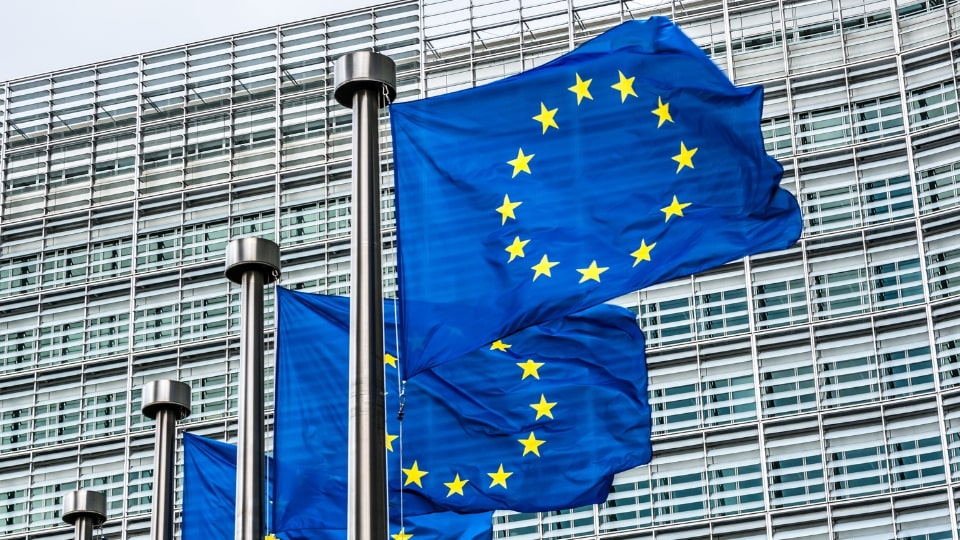
Becoming a fully sustainable business in the pet food sector does not need to be as challenging as it may seem. What you need is transparency and strategic partnerships.
The gravitational pull towards sustainability is inevitably advancing across the globe. ‘CO2 neutral’, ‘green’ and ‘lower carbon footprint’ are phrases that are omnipresent in our daily lives. Across the regions, governments have taken huge steps, like the ‘Green Deal’ in Europe, which will fully unfold in the years to come. By using animal by-products, the pet food industry supports this sustainable mindset. But the IPCC warning in 2018 that global warming must not exceed 1.5 degrees – if catastrophic implications are to be prevented – requires additional action that covers all aspects of business.
Baseline measurements and first steps
‘If you cannot measure it, you cannot improve it!’ Working together with suppliers and customers to capture data across entire supply chains is essential. And it’s also vital to unwind the complexity from farm to fork. This will create verifiable transparency in the life cycle, as you aim to achieve long-term goals like ‘net zero’.
The science-based Targets Initiative (SBTi) can offer guidance to reduce emissions with more than 2,000 businesses leading the change. Targets are considered ‘science-based’ if they meet the goals of the Paris Agreement by limiting global warming to well below 2°C at least. Even though that might sound like a long journey with many unknowns ahead, it is possible to start work today on reducing the impact within your own operations.
Many options available
Besides lowering input in plants, there are many other ways to reduce your emissions. For example, sourcing wind and solar energy, but also by using photovoltaic systems, power purchase agreements, or district heating. You can go even further by offsetting remaining emissions with certificates that support projects around the globe. At full scale, you will be able to claim a carbon-neutral manufacturing site! Isn’t it always about the first step?
The bigger picture and new alternatives
Improving operations is definitely the right move. But if you take water and land use into consideration, a significant share of the overall footprint is down to raw materials and the overall supply chain. So reviewing each individual flow – with a focus on origin and species – is key. Along the way, using alternative proteins like insects, or valorizing new streams, will be a necessity to not only support sustainability but also to broaden the supply of proteins.
Working in partnership
What is most critical to all this is partnerships. With aligned strategies, bulletproof goals and actionable steps to really make a change. Let’s start reducing our ‘paw print’ now!
The latest articles

How pet parents will shop for their pets this Christmas
A new survey takes the pulse on holiday shopping trends in the UK, including popular categories and average spending.

General Mills’ pet portfolio posts negative performance
Both revenue and net sales dropped by 4% in the last quarter amid less demand.

Negotiations of new EU rules on sustainable packaging to kick off in 2024
The Council and the Parliament will start the legislative process to design regulations regarding the packaging and packaging waste proposal put forward by the European Commission last year.
Weekly newsletter to stay up-to-date
Discover what’s happening in the pet industry. Get the must-read stories and insights in your inbox.